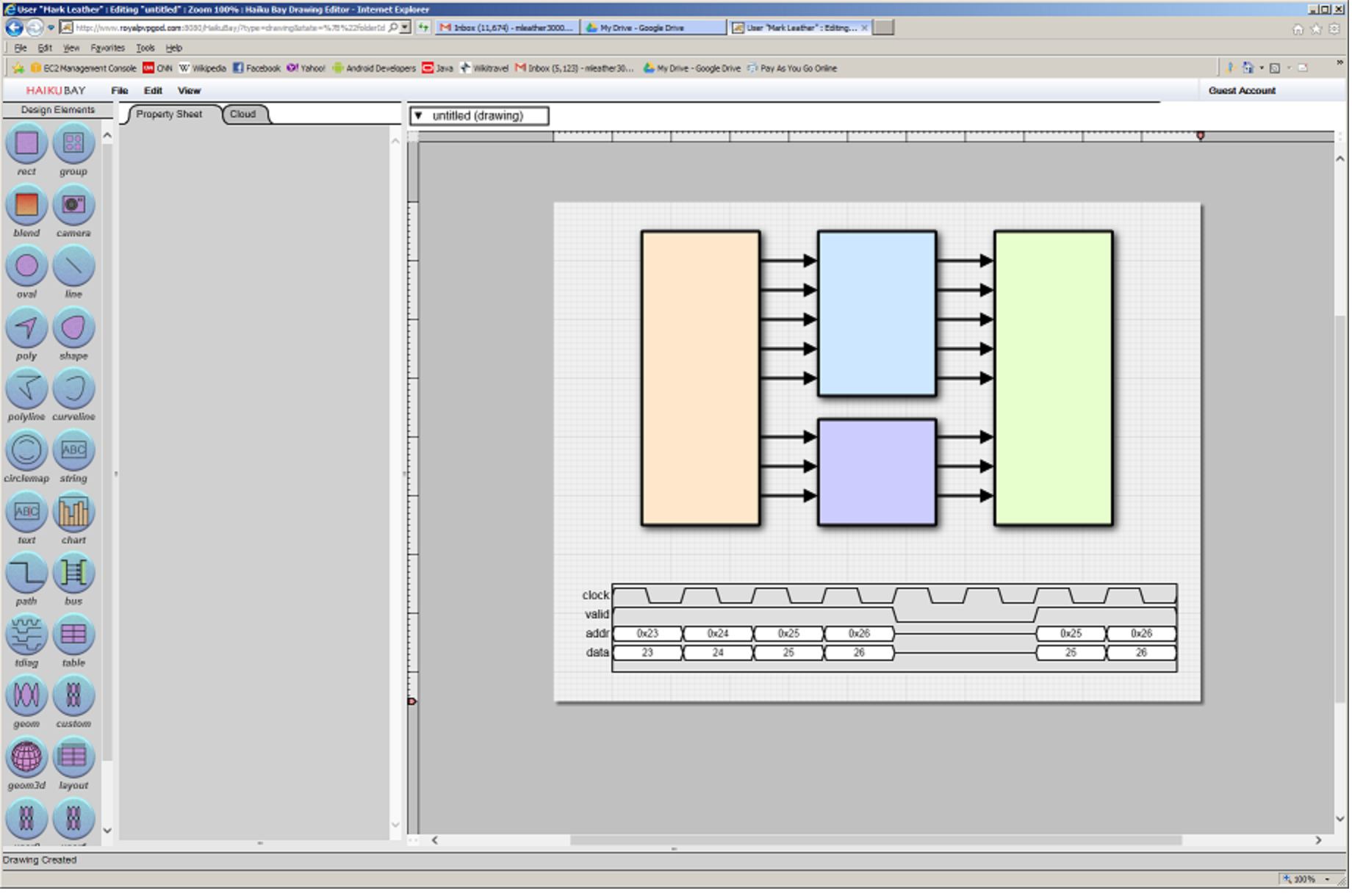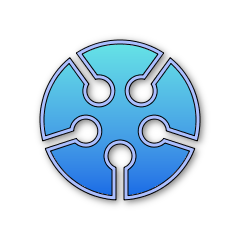Infomorphics is a small software startup created to raise the bar on content creation software for the PC and Mac.
The basic software staples that occupy much of our time at the computer - Microsoft Word, Powerpoint, Excel, Visio, etc. have changed little since the advent of the modern computer interface 25 years ago. We are, however, living in a very different world today enjoying levels of compute power and network connectivity that would have been unfathomable when these products were first envisioned. In addition, social networking, mobile devices, and app stores have changed our expectations and the way we think about technology.
At Infomorphics, we create software for the 21st century. This means
|
● |
Cloud Integration. All our tools are cloud based and designed from day one to leverage the full potential of the cloud, including collision free collaboration, asset sharing, and version control. |
|
● |
Installation-free. We see the days of installing software as over - all you should need to run an application is a modern browser and a url. Our products are all browser based, and do not use additional modules or the security-prone java plugin. You will have the same instant access to your documents whether you are at home, at the office, at a public library, or at an internet cafe in a remote Nepalese village. |
|
● |
Seamless Interoperability. All our tools are designed to interoperate with each other and share data on a level that has never been achieved before - effectively eliminating the need for cut and paste. Application switching is instantaneous and seamless freeing the user to concentrate on the creative task at hand. |
|
● |
A revolutionary new interface that is simple, uncluttered, and intuitive, while at the same time enabling unprecedented levels of power and functionality. |
|
● |
Near perfect reliability. The best software in the world becomes useless if it is unreliable. We intend to build a level of reliability that is second to none through the use of modular software, sandboxing of third party components, exhaustive testing, continuous improvement, and most importantly, keeping the software architecture robust and ultra simple. |
|
● |
The nurturing of a vibrant and active user and developer community. Today consumers expect technology products to be "organic" - they grow based on contributions from users and developers. Apple pioneered this concept with the iphone. At Infomorphics, we see this as key to the long term growth and health of a product. |
Our first product is a 2d drawing application called "Sumi". This is currently in prototype stage and available to demonstrate some of the unique features and innovations that we would like to bring to Infomorphics. We are in the process of putting a team together to bring this to the market.
Sumi will be followed by similar apps for creating images, documents, websites, mobile applications, and presentations.
Sumi is a 2d content creation application intended as an alternative to Visio or Illustrator. It will be fully integrated with the Google Cloud infrastructure and will be available on both the Drive and Chrome appstores.
What makes Sumi unique is a revolutionary user interface that is both intuitive and powerful. It supports a rich feature set without cluttering the screen with confusing toolbars, property sheets, ribbons, or subwindows. Sumi allows users to navigate large projects in a natural way that aligns with the human thought process. We want Sumi to provide an immersive experience for the designer, unconstrained by the limits of traditional software.

Central to the Sumi interface is the concept of design elements. All projects are made up from design elements such as rectangles, polygons, or text boxes. While the design element toolbox may initially seem spares, it can be populated from a large and growing library called the "asset catalog". Design elements may range in complexity from simple shapes, to sophisticated data visualization elements that can be linked to external databases, spreadsheets, or mathematical formulas.
While the above description may sound interesting, it essentially describes a "flat" design editor. The true power of Sumi is unleashed when we introduce hierarchy into the design structure, opening the door to a vast array of compound effects that are not available on any other competing product.
Mark Leather - Founder and Chief Technical Officer

Mark Leather has worked in the computer industry for 30 years, and has helped found two successful companies - "Pixar" and "Artx", the latter being a 3d chip company which was later purchased by ATI. He has always been at the forefront of computer graphics, and has brought several innovations to the industry including full screen antialiasing (MSAA) and floating point programmability at the pixel level (DirectX 9).
Mark's career started at the BBC Research Department where he helped create one of the first paint systems to be used in broadcast. From there he moved to Ampex, bringing his extensive knowledge of electronic paint and typography to the next level, resulting in AVA3 - one of the most successful paint systems ever to be deployed.
In 1984 Mark moved to Marin County to join the fledgling computer division of Lucasfilm. Here he worked on the Pixar Image Computer - a high powered image processing system designed for digital film compositing. While there, he created "Layerpaint" - an advanced software system for compositing and retouching which was used in several movies and which earned him a technical award from the Academy of Motion Pictures and Sciences.
With the sale of Pixar to Steve Jobs, the image processing business started to wind down in favor of commercial animation, and Mark moved to Silicon Graphics to work on some seriously high performance graphics systems. During the 8 years he was there, he helped push the state of the art in graphics performance by >20x and pioneered an antialiasing method which is now universally used throughout the industry.
As Silicon Graphics' success started to wane, Mark was approached by some colleagues to start a company with the goal of developing a graphics north bridge, allowing 3d graphics to be built directly on the motherboard. This ambitious project was completed in under a year, by which time the company had attracted the attention of Nintendo who were looking for a partner to develop the graphics internals for the upcoming GameCube. Mark became a principle architect for this project, helping develop IP that is used even today in the Wii U.
At ATI Mark helped develop the R300 family of graphics cards, and was instrumental in promoting and implementing DirectX 9 which revolutionized the industry by bringing true photorealism to consumer graphics. ATI was eventually purchased by AMD and Mark remained there through 2012 in the position of Senior Fellow where he worked as an advisor on their graphics products, while at the same time helping strategize new directions for the company.
Mark has also maintained an interest in global health, and has been involved with non-profit organizations seeking to leverage mobile technology in developing areas of the world. As part of this involvement, he has travelled to Nepal, Bhutan, and Guatemala and met with health workers and government officials in these countries.
Contact Information
We welcome enquiries from potential investors or partners. Please contact us at info@infomorphics.com
We are also in the process of putting together a small team of experienced software developers and visual designers to bring our first product to market. Team members should be motivated, able to offer unique solutions to problems, unafraid to break rules, and above all possess the passion and vision that will allow us to succeed. If you are interested, please contact us at jobs@infomorphics.com.



